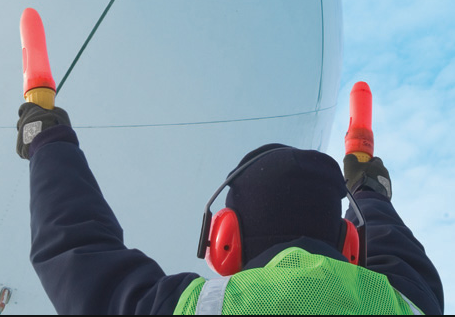December 15, 2015
Surrey, British Columbia, Canada (December 09, 2015) – Jeffrey Goldberg, Chairman of Custom Protect Ear (CPE), North America’s largest personalized, industrial hearing protector manufacturer, is pleased to announce that effective immediately Howard Raphael has been appointed President and Chief Executive Officer of Custom Protect Ear, Inc..
Based in Surrey, Raphael is responsible for all aspects of operations for Custom Protect Ear, which serves over 4,500 companies and businesses around the globe. Mr. Goldberg was quoted saying “Raphael brings the Leadership skills required to guide CPE, streamline and grow its operations, and ensure that it remains a leader in hearing protection technology and systems”.
“CPE is a small company with soul that truly values it customers and partners. What sets us apart from the competition is our product, our service and our people. We are dedicated hearing conservation specialists and we continually strive to be the leader in our industry,” says Howard Raphael.
A creative and visionary leader, Raphael has been a key factor in Custom Protect Ear’s success, having held the position of General Manager with the company for 10 years prior to his current role. Raphael’s business and entrepreneurial acumen is well honed, having owned and operated 12 different companies before joining the CPE team.
About Custom Protect Ear:
Over three decades, Custom Protect Ear (CPE) has grown to be North America’s largest personalized industrial hearing protector manufacturer. CPE is the leader in providing effective, verifiable, and noise level matched hearing protection at a cost lower than alternative options. CPE devotes all of its research and expertise to the innovation of better hearing protection and has made significant technological advances. CPE serves over 4,500 companies and businesses around the globe; its certified mobile technicians do custom on-site fittings at their industrial sites. Custom Protect Ear has a registered ISO 9001: 2008 quality management system in place, which ensures CPE delivers the finest and most effective hearing protection available on the market.
For further information, please contact:
Laura Bennett
Manager, Business Development
Phone: 604-635-3250 | 1800-520-0220 ext. 322
Email: lbennett@protectear.com








 Our main way of giving back is to arm people with the tools to keep their hearing. We try to do that while having as little impact on our planet as possible. Now please don’t misunderstand us. We are not a charity. We need to make money so we can keep doing this for another 40 years (yep we’re almost 40 years old – I wonder what that is in ear-years?). It is just that simply making money isn’t why we get up in the morning. The WHY of ProtectEar is to arm people with the tools they need to save hearing.
Our main way of giving back is to arm people with the tools to keep their hearing. We try to do that while having as little impact on our planet as possible. Now please don’t misunderstand us. We are not a charity. We need to make money so we can keep doing this for another 40 years (yep we’re almost 40 years old – I wonder what that is in ear-years?). It is just that simply making money isn’t why we get up in the morning. The WHY of ProtectEar is to arm people with the tools they need to save hearing.
